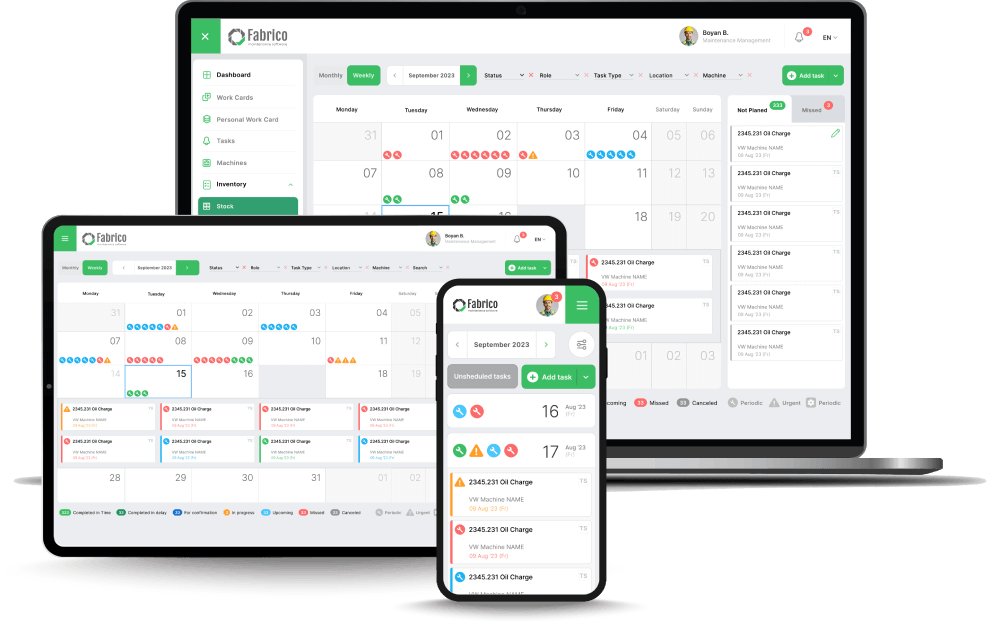Everyone involved in running a manufacturing or production facility knows that every minute is precious. The more quality goods you are able to produce in a given period of time, the better for the organisation’s bottom line and industry-wide reputation. All this depends on the machines you have at your plant.
When they operate smoothly, you’re producing at maximum capacity. On the other hand, when there’s a breakdown or malfunction, you’re looking at lost productivity due to halts in production. The latter cases are often referred to as running into the problem of equipment downtime. Every maintenance manager should focus on addressing this challenge and work on maximising machine uptime.
This article considers the equipment downtime definition, its common causes and how to calculate it. It also offers ways to reduce it and discusses why equipment downtime tracking is so beneficial. Let’s explore this in more detail below.






